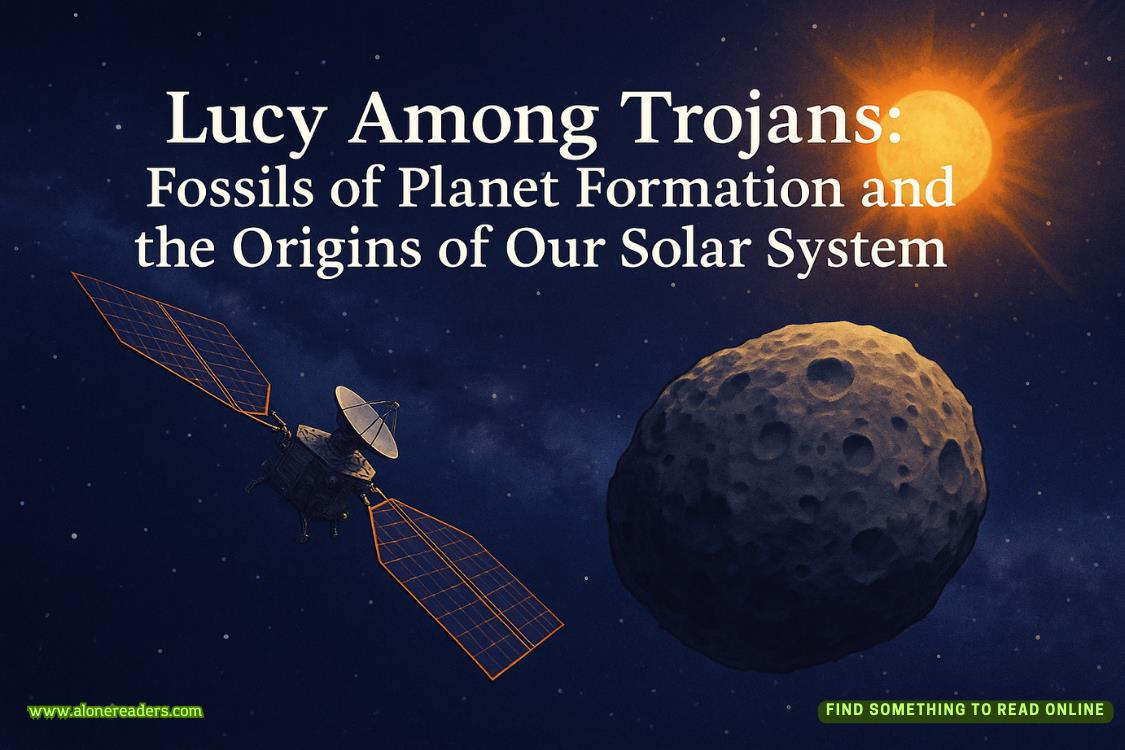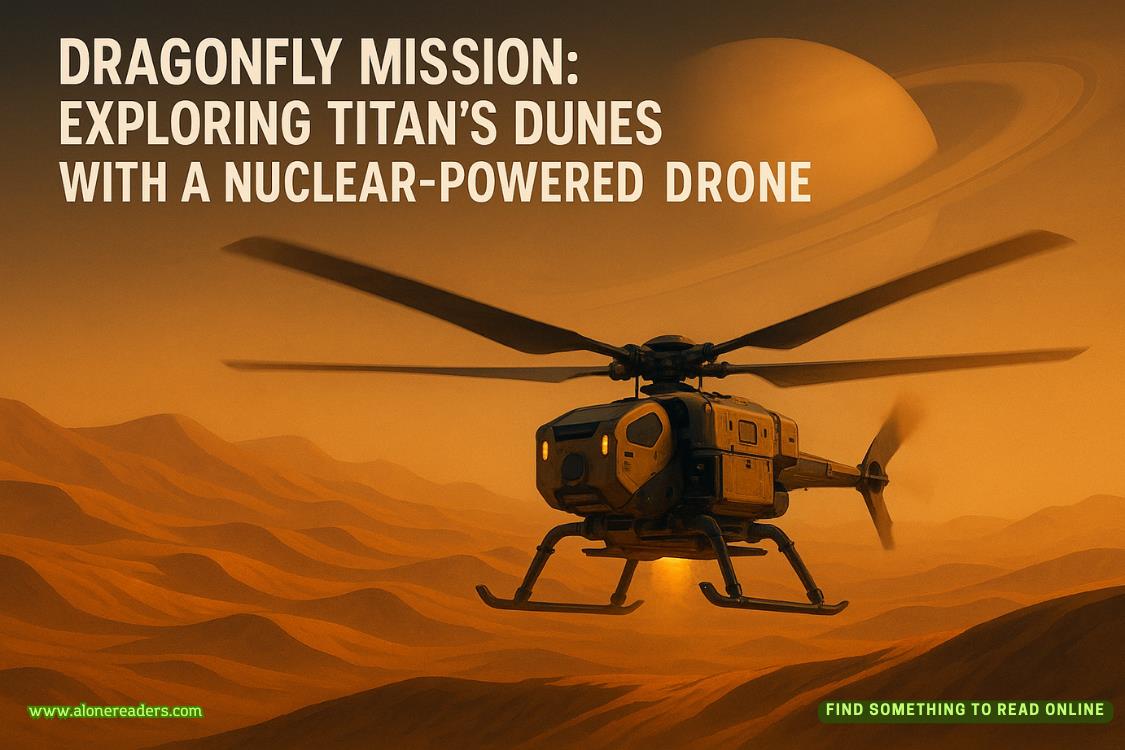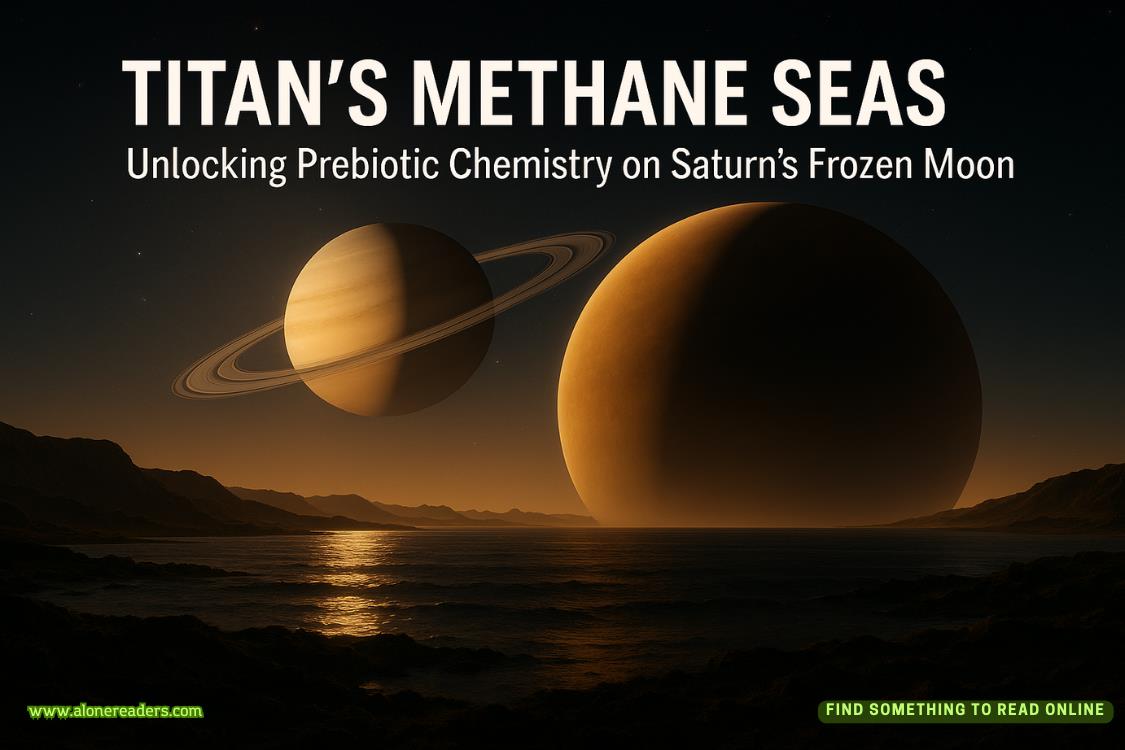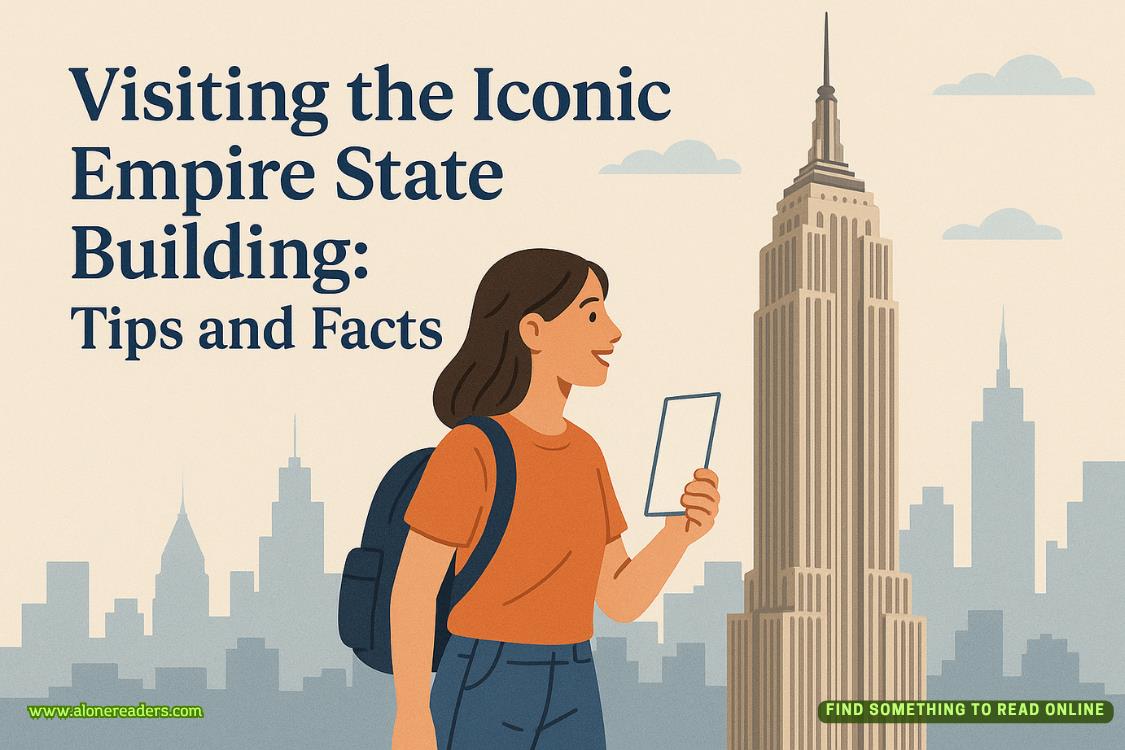Tessa stifled her laugh this time. “Well, it’s clear you’re committed. Which means we’re in the perfect place to begin. So… tell me a little about why now felt like the right time to start this journey.”
Cal looked at me. I looked at him. Then I said the only thing I could.
“Because… we live in a world where it doesn’t have to be a pipe dream anymore.”
Cal squeezed my hand and nodded. “We’ve built this life together,” he said. “And now we want to share it. Not just witheach other, but with someone we can raise with love, patience… and enough emotional intelligence not to ‘reply -all’ to an email.”
Tessa’s expression softened. “That’s beautiful. Most couples come in here when life finally feels whole but there’s that something missing. Something—orsomeone—who will make everything perfect.”
I blinked a few times. “Okay, now you’re going to make me cry, and if I start, there may not be enough tissues in that box to stem the tide.”
Cal wrapped his arm around my shoulder and assured Tessa—“We’re in this for the long haul. Whatever it takes.”
Tessa nodded again, her voice calm and clear. “Then let’s get started. Here’s how this usually works.”
I immediately sat up straighter. My brain kicked into frantic-note-taking mode, except I didn’t have a pen. Or paper. Or an actual ability to retain important information without panicking.
“Surrogacy is a multi-stage process,” Tessa said. “And while it can feel overwhelming at first, we’ll guide you through every step.”
I nodded. Vigorously. Possibly too vigorously.
She held up her fingers, ticking off each point. “First, you’ll officially apply. That part’s already halfway done”—she gestured at the clipboard in my jittering hands—“so gold star to you.”
“Thank you,” I whispered. “I’ll take all the gold stars I can get.”
“Second, you’ll select an egg donor. We’ll show you a secure database—photos, background, medical history, personality traits, even voice recordings in some cases.”
“That’s reassuringly thorough,” Cal said.
“I guess it’s like dating,” I said. “But you’re choosing the genetic material for your child instead of someone to meet for cocktails. And you don’t get ghosted.”
Tessa smiled patiently. “Once you’ve selected your donor, we’llcoordinate the egg retrieval. The eggs are then fertilized using your sperm—”
“His sperm,” I cut in quickly, pointing at Cal.
Tessa blinked. “Just his?”
I faltered. “Well, I mean, maybe mine. We haven’t decided. Can you mix them together? Like a smoothie?”
Cal tried not to laugh. “We’ll have a conversation about it.”
Tessa nodded like she’d heard this exact scenario seventeen times this week. “Yes, you can fertilize half the eggs with one partner’s sperm and half with the other’s. That way, you may end up with viable embryos from both of you and decide from there.”
“Right. Science smoothie. Got it,” I mumbled.
“After fertilization, we monitor the embryos and perform preimplantation genetic testing, if you’d like. That helps screen for any genetic abnormalities, and can also reveal sex, though you’re not obligated to find out.”
Cal leaned in. “What do most couples do?”
“Some want to know. Some don’t,” Tessa said. “That’s a personal choice—and one we can revisit later. Once the embryos are ready, we begin the matching process.”
“That’s where we meet the surrogate?” I asked.
“Exactly. Based on your values, lifestyle, and expectations, we’ll introduce you to potential gestational carriers. You’ll meet with candidates, virtually at first, and then in person if it feels like a fit. It’s important that all parties feel aligned—this is a shared journey.”
I swallowed. “What if we… what if we don’t click with anyone?”
“You will,” she said gently. “And if it takes a little longer, that’s okay. The match is everything. You’ll want someone who shares your communication style, values, and comfort level with involvement.”















